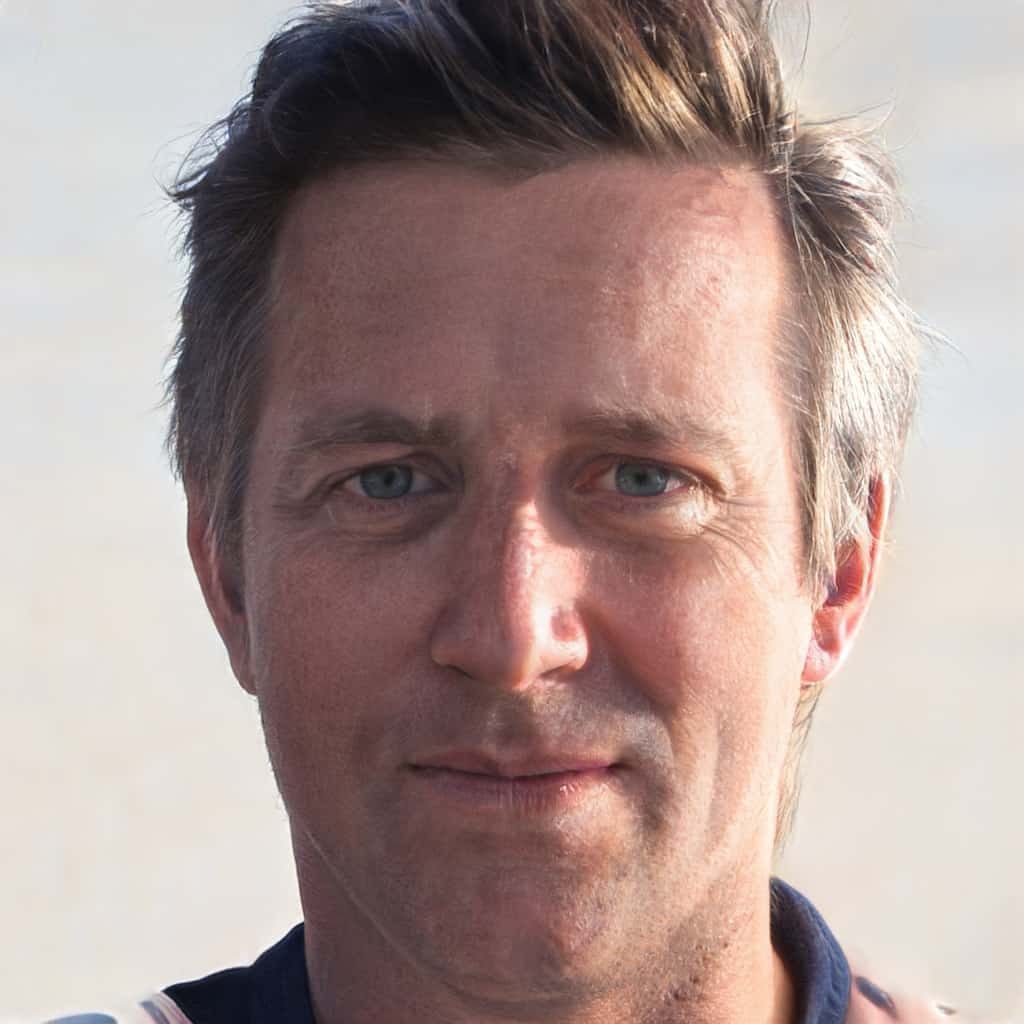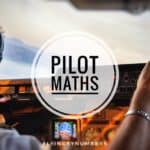As an experienced airline captain, I’m often asked about the training airline pilots have to have. It’s typically one of the first things both cockpit visitors, and wannabe pilots, ask. More specifically, how long does it take to train to be a commercial pilot?, and also, how difficult is the training?
The first question is a little easier. For a full time “intensive” course, it typically takes around 2 years for someone with no experience — known as ab-initio — to be qualified to fly an aircraft.
The second question is more subjective — and therefore more difficult to summarise!
In this article, we will provide some context on the difficulty, and breakdown those timings to see exactly how long each part of the course takes.
Disclaimer: While I can’t speak for every pilot training program out there, I can offer some insights into what it takes to become a commercial airline pilot without any previous flying experience.
It’s key to remember there are many ways to learn to be a pilot, from hours building and modular training packages, to learning to fly in the military before converting to commercial aviation later.
This article will only focus on one method. Commercial ab-initio courses.
How long is commercial pilot school?
Assuming full-time students, with no resits and no bad weather, it typically takes around 2 years from zero flying experience to being qualified to fly a commercial airliner.
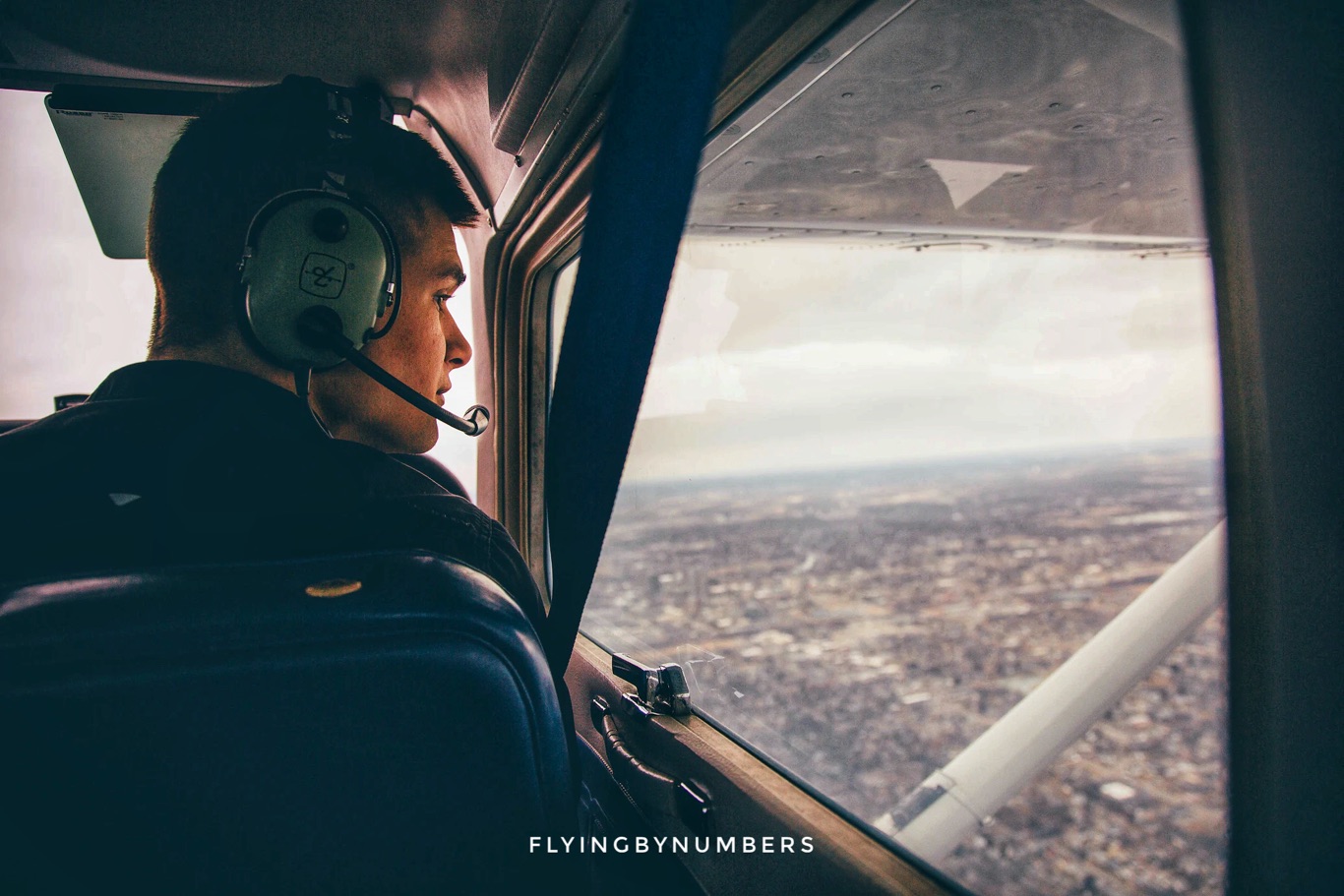
Pilot Training Times: Overview
- Application and aptitude testing phase (1 month)
- Commercial pilot school phase (18 months)
- 6 months of ground school classroom-based learning
- 4 months of basic flying training in a single-engined aircraft
- 6 months of advanced instrument flying training in twin-engined aircraft
- 2 months of multi-crew / jet preparation training
- Type rating (3 months)
Commercial school (0–18 months)
Even if you have the money to pay for your flight training, all students need to pass aptitude testing, psychological evaluation, and interviews before being accepted onto the course.
The second portion, and the majority of the time, is spent at commercial pilot school. Pilot schools all have their own unique training layout, but the tasks needed to be accomplished are the same.
- Pilots must absorb enough knowledge to pass the 13 commercial pilot ground school exams known as the ATPLs.
- They also have to practise their basic flying skills in good weather — known as visual flying — alongside building real-world experience and flying hours in a single engine aircraft.
- Trainee pilots must upgrade to learning to fly a faster, twin engine aircraft. Whilst doing this, they will learn how to fly solely referring to the instruments, so they can fly in bad weather, known as instrument flying.
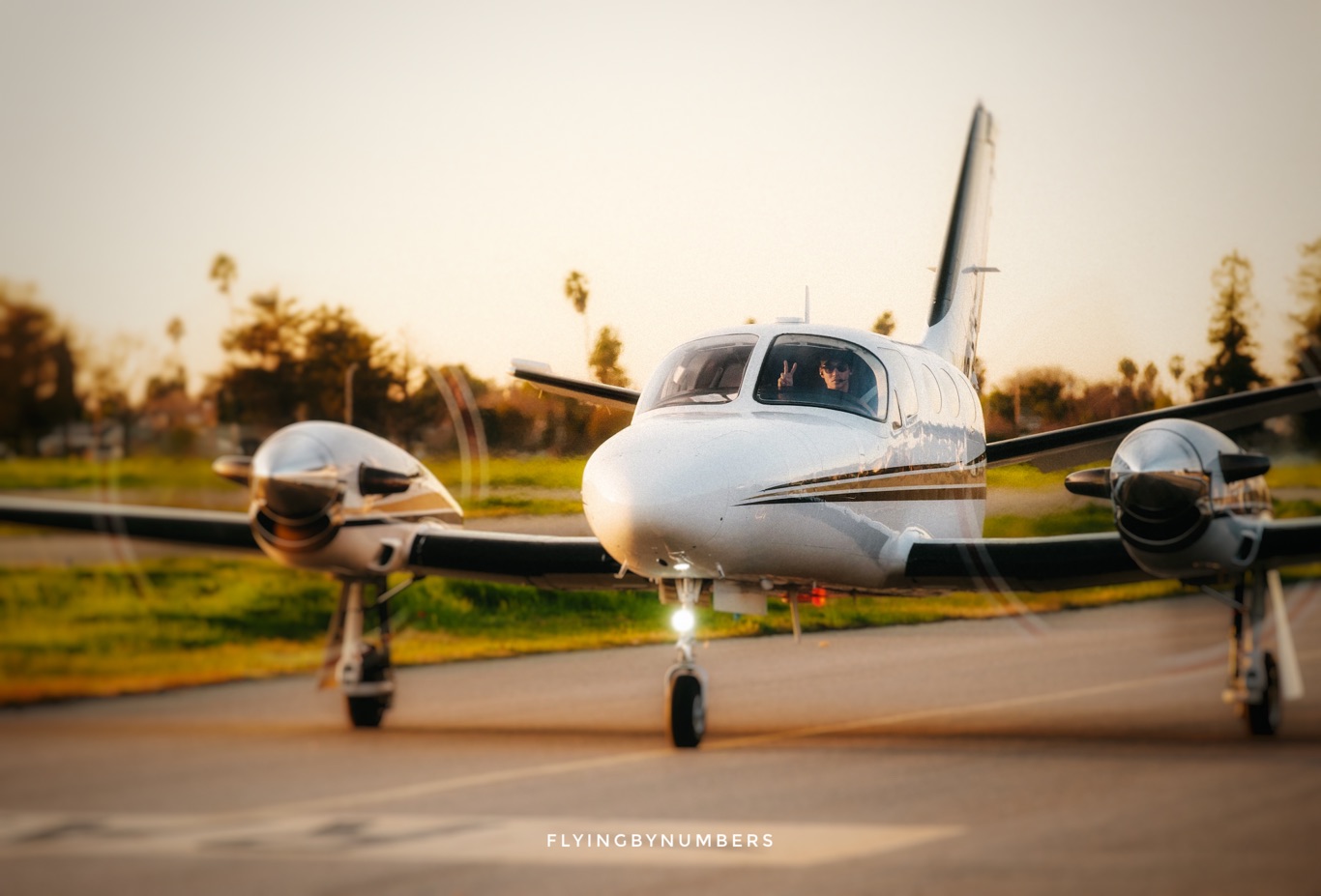
Once complete, normally around 18-months, a pilot will end training school with a commercial licence, and the ability to fly passengers and on instruments. Most schools will also provide some basic training in a jet aircraft simulator, to prepare them for airline flying.
Achieving a type rating (3 months)
When a pilot completes this initial flying school — taking around 18 months — it’s not quite over.
Unfortunately for freshly qualified pilots, no airline in the world flies the small twin-engined aircraft they are trained to fly, so they will need to complete a Type Rating.
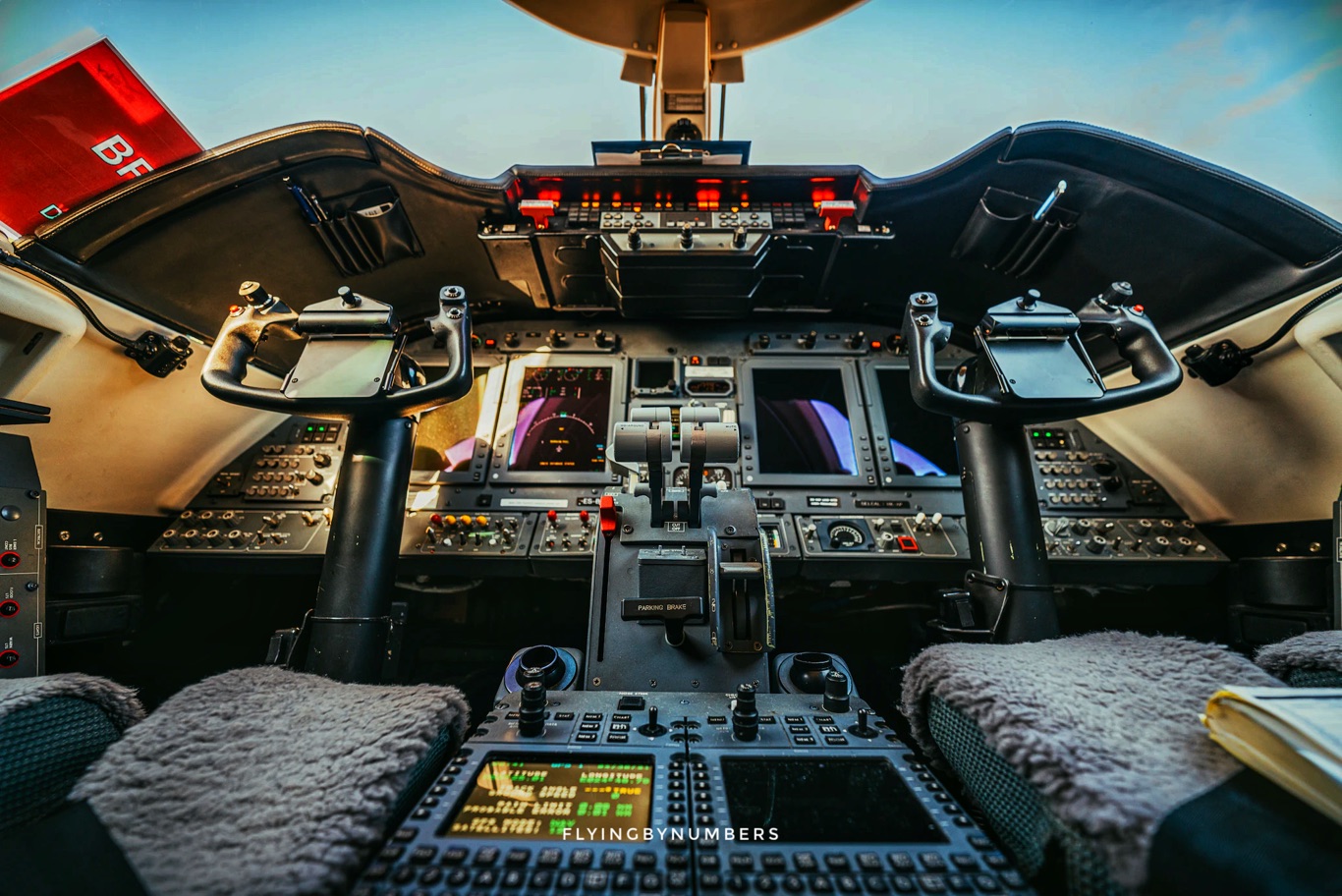
This is an intense, expensive, and in-depth look at one commercial aircraft and takes around 3 months to complete. Choosing the right type rating is an essential step because pilots will only fly one aircraft type at the same time, so the Type Rating course will shape which airlines are available to apply to.
Finally, after around two years of intensive training, ab-initio pilots will be in a position to work for an airline.
How hard is airline pilot training?
Assessing a jobs “difficulty” can be… well… difficult! Like any airline pilot, I tell all aspiring aviators that visit the cockpit that if their heart desires it, they should certainly give it a go. If you have drive and motivation, an ATPL should be within reach. However, there are unique challenges that make flying training not suitable for everyone.
Most European airline schools only require modest school level results to enter, and will train pilots from zero experience to fully qualified in under two years. Despite this, it does require a certain skill set, and the job can be very challenging at times. So, what makes it difficult?
To try to give you an objective idea of how hard airline pilot training is, we will break this section into 3:
- What comparable education level is the study part of the course
- The aptitude you need for the flying portion of the course
- Exactly why flying training is difficult.
1. Educational equivalence
Let’s first look at an educational comparison. Part of the study to obtain airline transport pilots licence (ATPL) involves 13 technical exams covering a wide range of subjects. (Previously it was 14 exams, but VFR and IFR communications have been merged into one subject).
These exams can be studied in a classroom-based environment, or via distance learning, but all thirteen exams must be passed within an 18-month period.
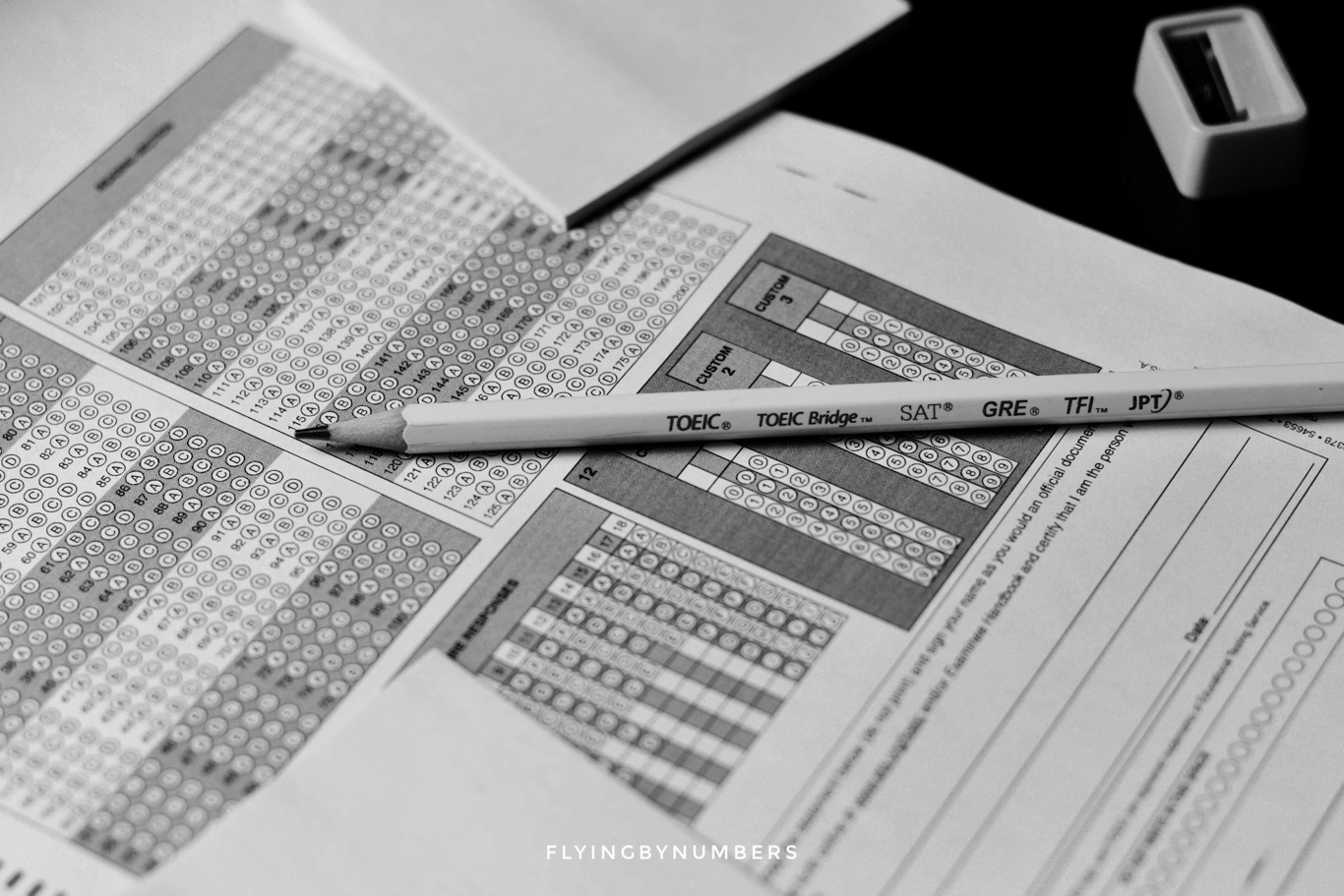
In a study into the difficult level of these exams, they were classed as a European level 5 qualification. This places this portion of the course at a difficulty level equivalent to the second year of a Bachelors Degree.
In discussion with four Airline Training Organisations (ATOs) it was assessed that there is around 1200 hours of learning in ATPL Theoretical Knowledge exams, which is equivalent to 120 academic credits, which equates to a full year at university.
ATPL Theoretical Knowledge — Flight Training News
In fact, with a little extra study, it’s possible to obtain a full degree relatively easily. Many airline pilot schools offer additional top-up studies to ATPL students, or partner with universities, which combined with the pilot training syllabus gives the holder a degree-level qualification — typically a BA in Airline Pilot Transport Management.
2. Aptitude
One of the reasons that makes pilot school difficult is aptitude. There is a base level of aptitude — hand-eye coordination, logical decision-making, and ability to deal with stress — that can’t really be taught.
When we looked at how long it takes to become a pilot, you might have been surprised to see I allocated a month for the initial application process and aptitude testing. This is because virtually all training schools have a selection process in place to ensure that only the most suitable candidates are accepted onto their programs.
Factors, such as psychometric testing, mental and physical medical fitness, and personal qualities like leadership and teamwork skills, are assessed.
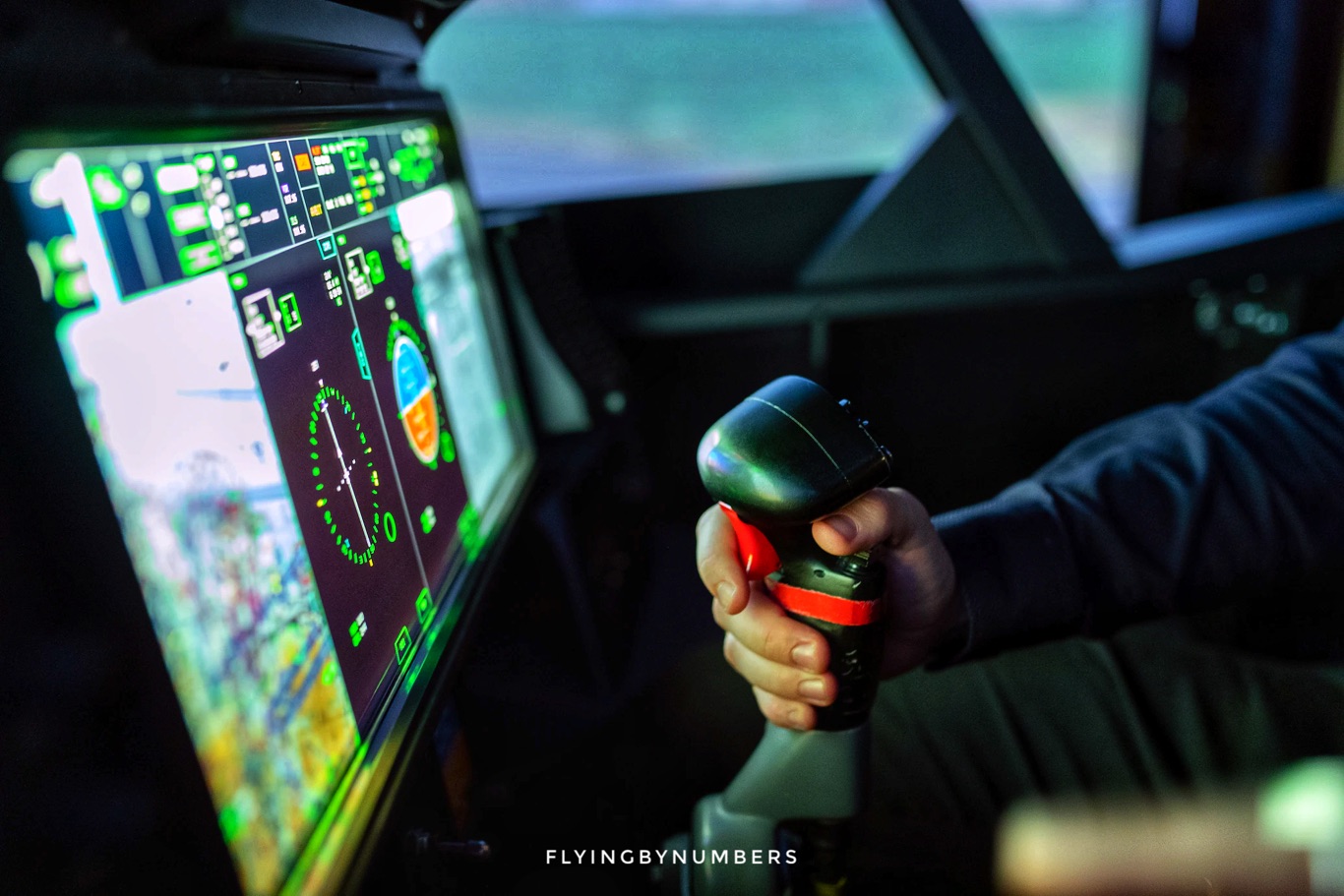
Because both the training school and the aspiring pilot have a vested interest in ensuring a high success rate during the training process, these tests often filter out many candidates.
Learning to fly a commercial aircraft is a skill, like any skill, it can be taught, and can be improved upon. But, because the intensive 2-year courses are a condensed process, there isn’t enough time, and additional flying hours are too expensive for extensive remedial training for applicants that don’t start with a high enough aptitude.
3. Summary: What makes airline pilot training difficult?
We will start with the positives. As we have seen, airline pilot training can take less than 2 years, which is shorter than many other professional career paths.
Equally, the education requirements to apply to many flying training schools are low, and the educational equivalent to the ATPL knowledge exams are ranked at around second year degree level difficulty.
So, why is learning to be an airline pilot often described as a very challenging process? Arguably, it is the need to be a good “all-rounder” — to cope with the combination of time pressure, aptitude, and dedication.
Throughout flying school, there are both practical and theoretical components to complete, alongside a huge number of exams:
- Practical training involves actually getting up in the air and learning how to fly a plane, requiring quick learning, good decision-making, and hand-eye coordination
- The theoretical training involves classroom-based learning on topics like aviation law, meteorology, and aircraft systems, requiring large amounts of self-study, and the ability to absorb large amounts of information in a short space of time
- Including progress tests and practise exams, alongside flying examinations with external examiners, there are probably between 50–100 exams undertaken during the process. Candidates should be confident under pressure, and be able to perform well in exams.
Our verdict? While, pilot school may not involve the same depth of technical knowledge or amount of essay writing as some university degrees, the sheer volume of information that pilots need to absorb in a very short space of time is frequently described as one of the toughest challenges of the process.
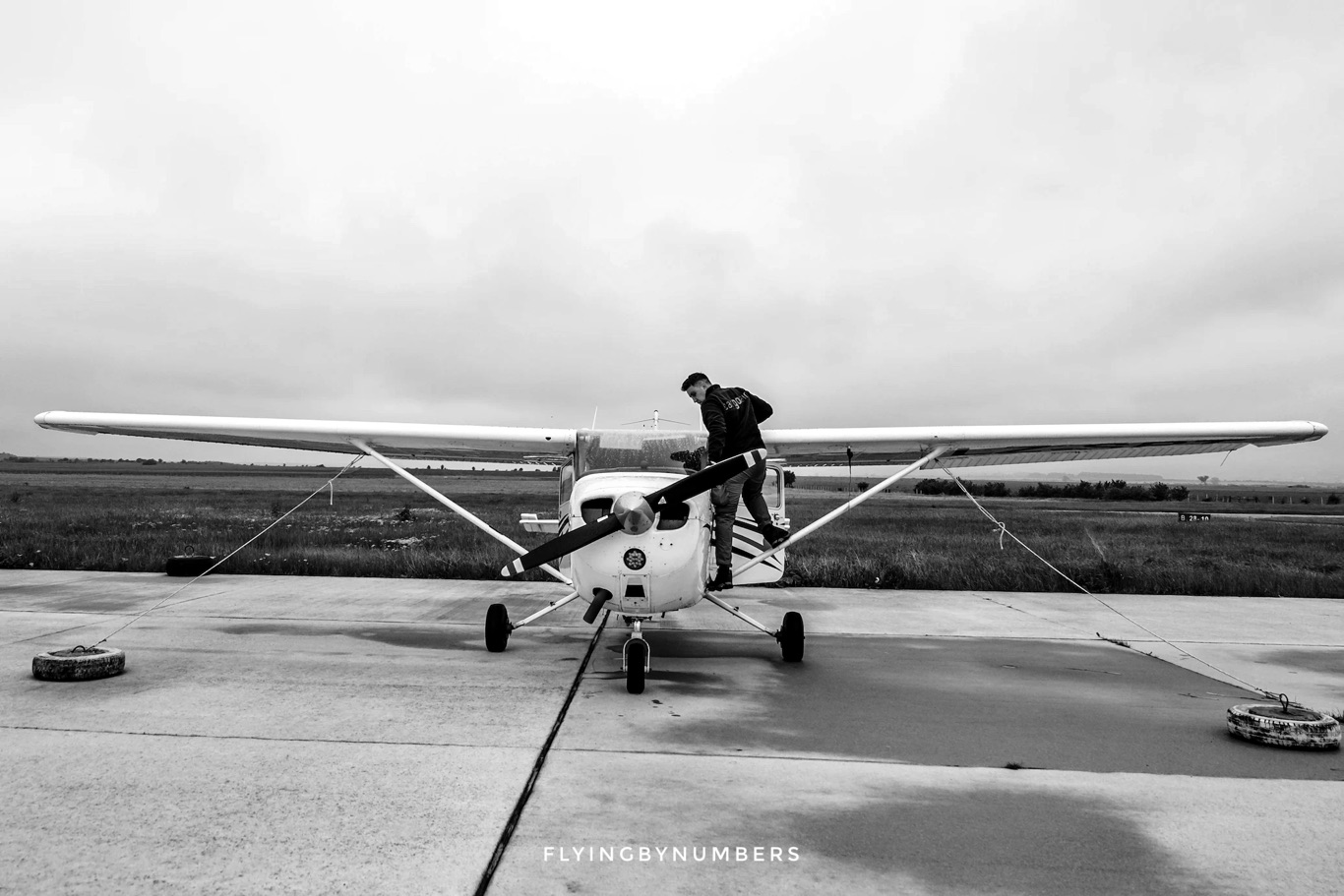
Personally, I completed a 4-year STEM-based university degree before beginning flying training. Comparing the two processes, I would say that while the technical aspects of the degree involved more work to understand, overall, I worked harder throughout the two-year intensive flying course, than most periods during my degree.
The downsides to working as an airline pilot, coupled with the high cost and the challenging and demanding training, means applicants require dedication, and a passion for flying to set out for this career.
However, for those who are up to the challenge, it can also be an incredibly rewarding and fulfilling career. So if you’re considering becoming a pilot, don’t let the perceived difficulty put you off! My advice would be to do your research, find a reputable training school, and be prepared to put in the hard work.

